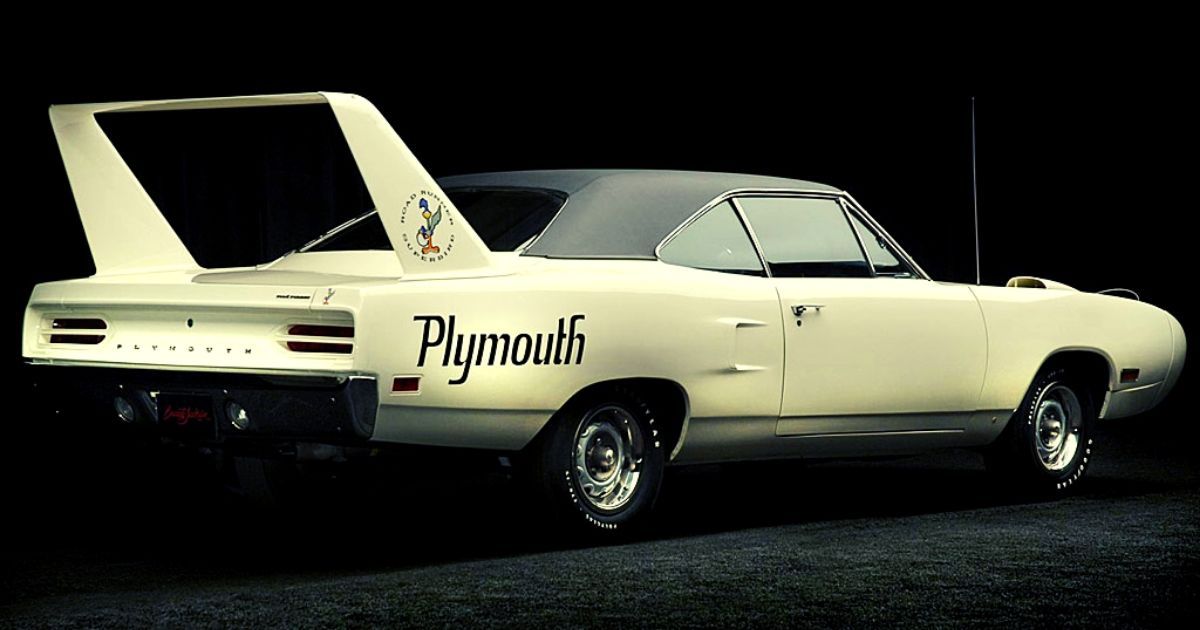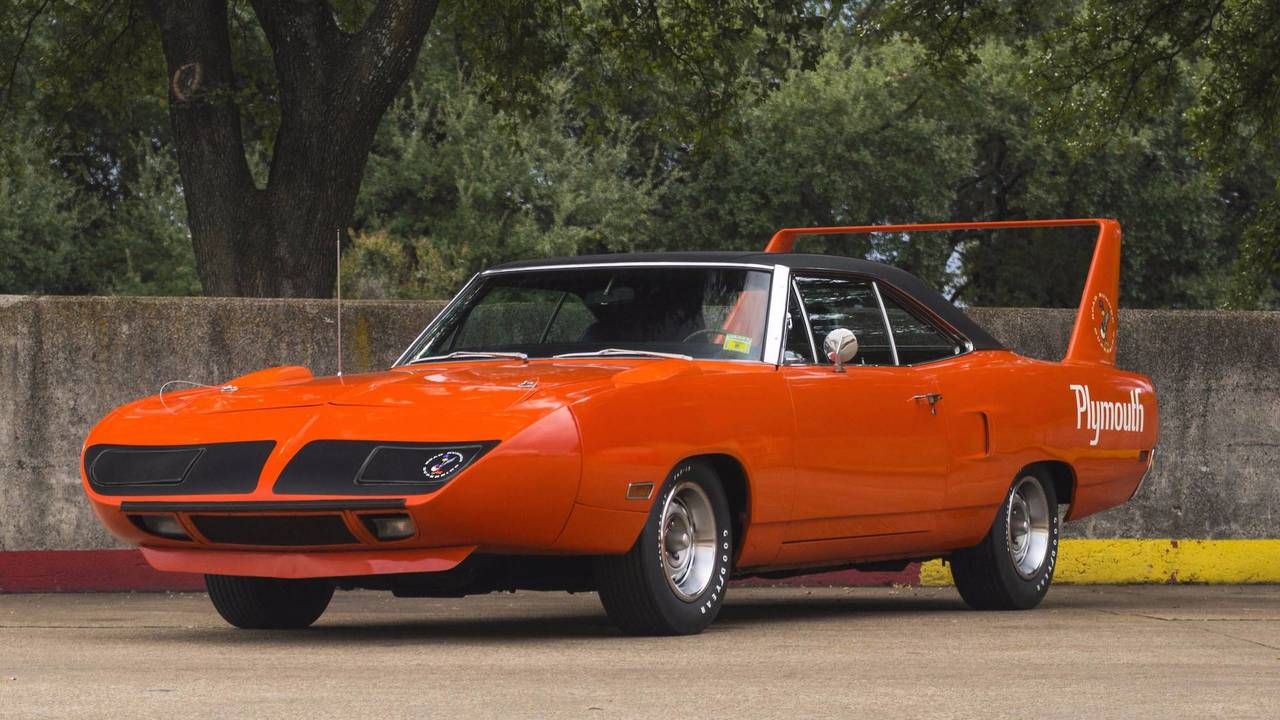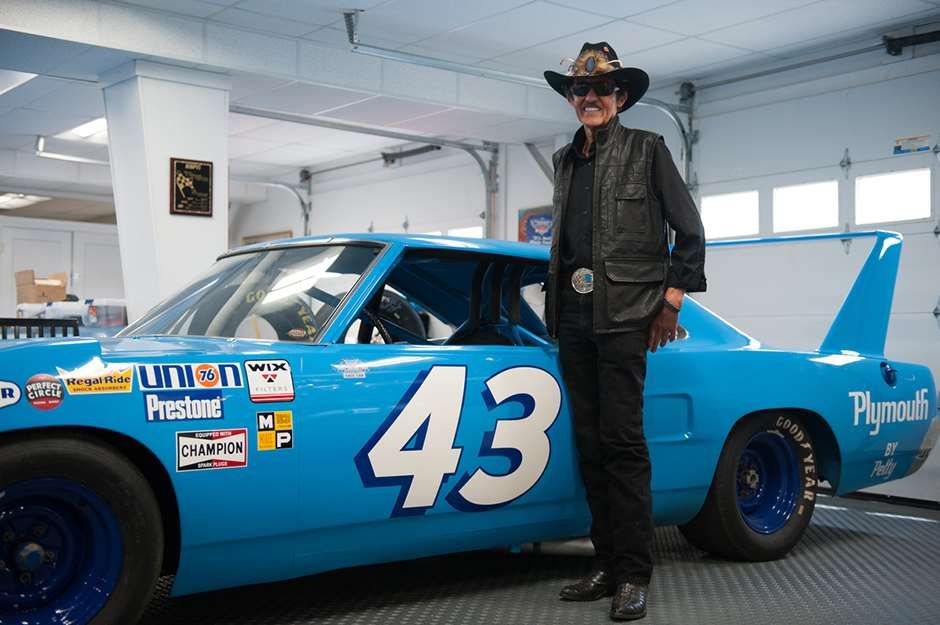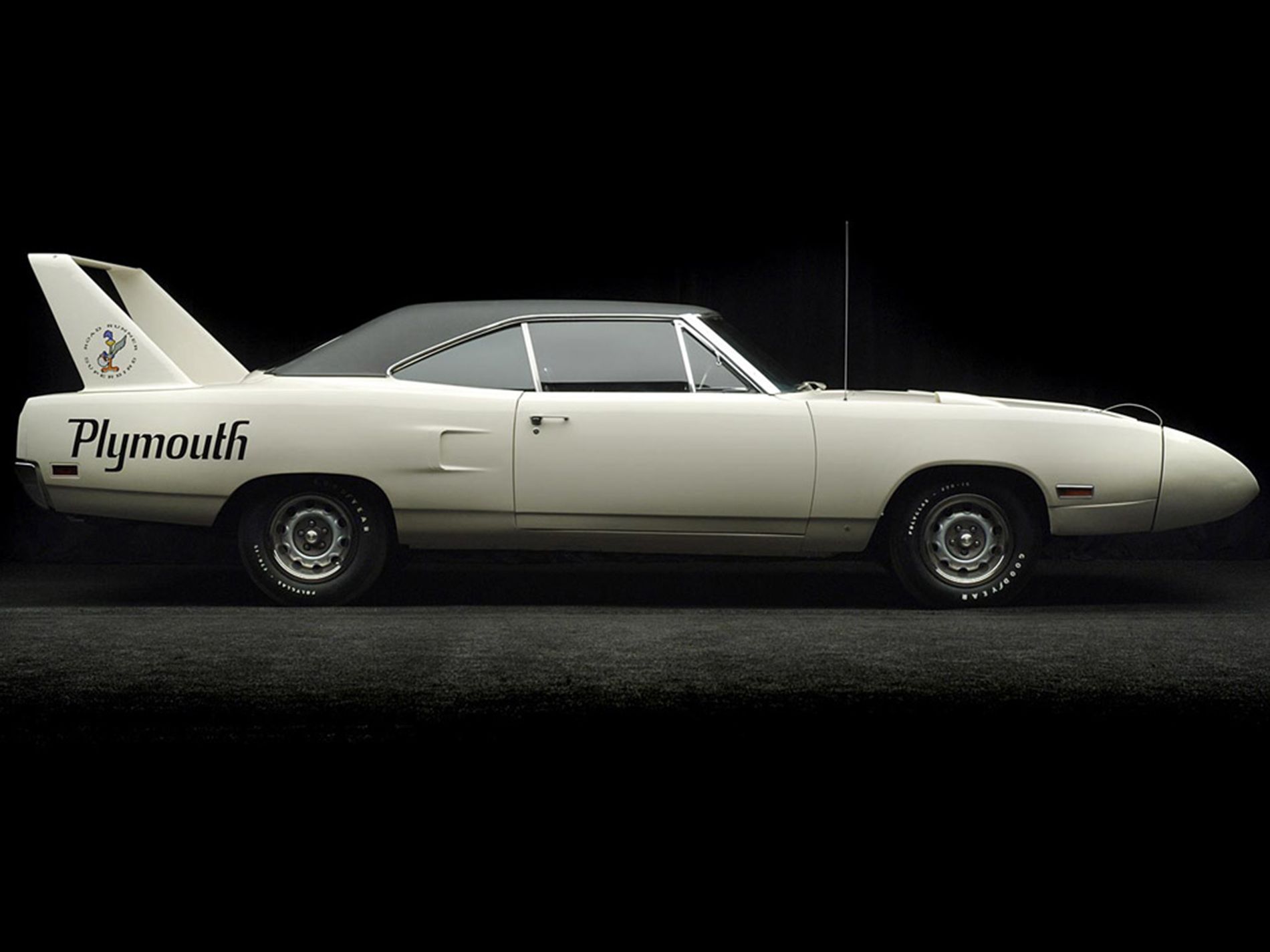During the late 1960s and early 70s, Chrysler’s muscle cars were some of the best on the road. As the owners of Chrysler, Dodge, and Plymouth, they were responsible for legendary cars like the Barracuda, the Charger and the Challenger. In those days, consumers wanted more and more power, and automotive giants like General Motors and Chrysler were always finding new ways to outdo one another.
In 1970, Plymouth modified the design of the Road Runner, a cheap but powerful mid-size car, and turned it into one of the fastest and most aerodynamic cars of its time, the Plymouth Superbird. Chrysler’s engineers added a nearly two-foot-tall rear spoiler and a smooth wedge-like nose. These improvements allowed the Superbird and its cousin the Dodge Charger Daytona, to achieve speeds that were up until that point impossible. In 1970, the Plymouth sold 1920 Superbirds for around $4300 each. Today, they can easily fetch $200,000. So how does a relatively cheap and relatively unpopular muscle car become so expensive? Part of the answer is in their significance in automotive history.
The Superbird And The “Aero Wars”
As the muscle car wars intensified, NASCAR races became an increasingly important way of selling more cars. In those days, only cars available to the general public were allowed in races, so NASCAR gave these companies a chance to put their best cars head to head and prove who’s was the fastest.
The typical muscle car in those days had a square front-end, meaning they encountered a lot of air resistance. By 1969, even the most powerful cars had run up against a speed barrier at 175mph. Any company that could break this barrier first would have a huge leg up in the constant muscle car wars. Chrysler stepped up to the challenge with not one but two supercars, the Dodge Charger Daytona 500 and the Plymouth Superbird.
The Superbird was one of the first to be designed using wind-tunnel and computer analysis and the results were phenomenal. Although different sources cite different top speeds for the Superbird, a video from 2016 shows one driving a ¼ mile in 11 seconds flat with a top speed of 124mph, 2mph faster than the Corvette C8. This car was way ahead of its time in terms of speed and aerodynamics, and for that reason, the ones that are on the market today highly sought after.
One Of The Rarest Muscle Cars Ever
Along with the Superbird’s with its historical significance, the car is so expensive because it's so rare. Although the Superbird won many races, all the “aero cars” from 1970 and 1971 were quickly banned from NASCAR races because they were too fast to drive safely. Off the track, people didn’t like the look of the car, the cars sold very slowly and many dealers had to remove the characteristic spoiler and nose to move them off the lot.
Along with its shape, the Superbird came at a time when insurance rates and emission regulations were coming down hard on the muscle car industry, and it didn’t make sense to buy a car that got 5mpg. But to meet requirements set out by NASCAR that only production cars could enter races, Plymouth had to manufacture at least one for every other Plymouth dealership, meaning there are approximately 1920 cars ever made. With an estimated 1,000 of these left, it's easy to see how bidding wars might get out of hand.
Prices Will Keep Rising
In 2019, the Superbird driven by NASCAR racing legend Richard Petty went to auction and received a bid of 3.5 million dollars. Strangely enough, this did not meet the seller’s initial expectation and the car was never sold. With an ever-dwindling supply of these incredible cars, it’s likely that we will see them sell for even more outrageous prices in the future.




